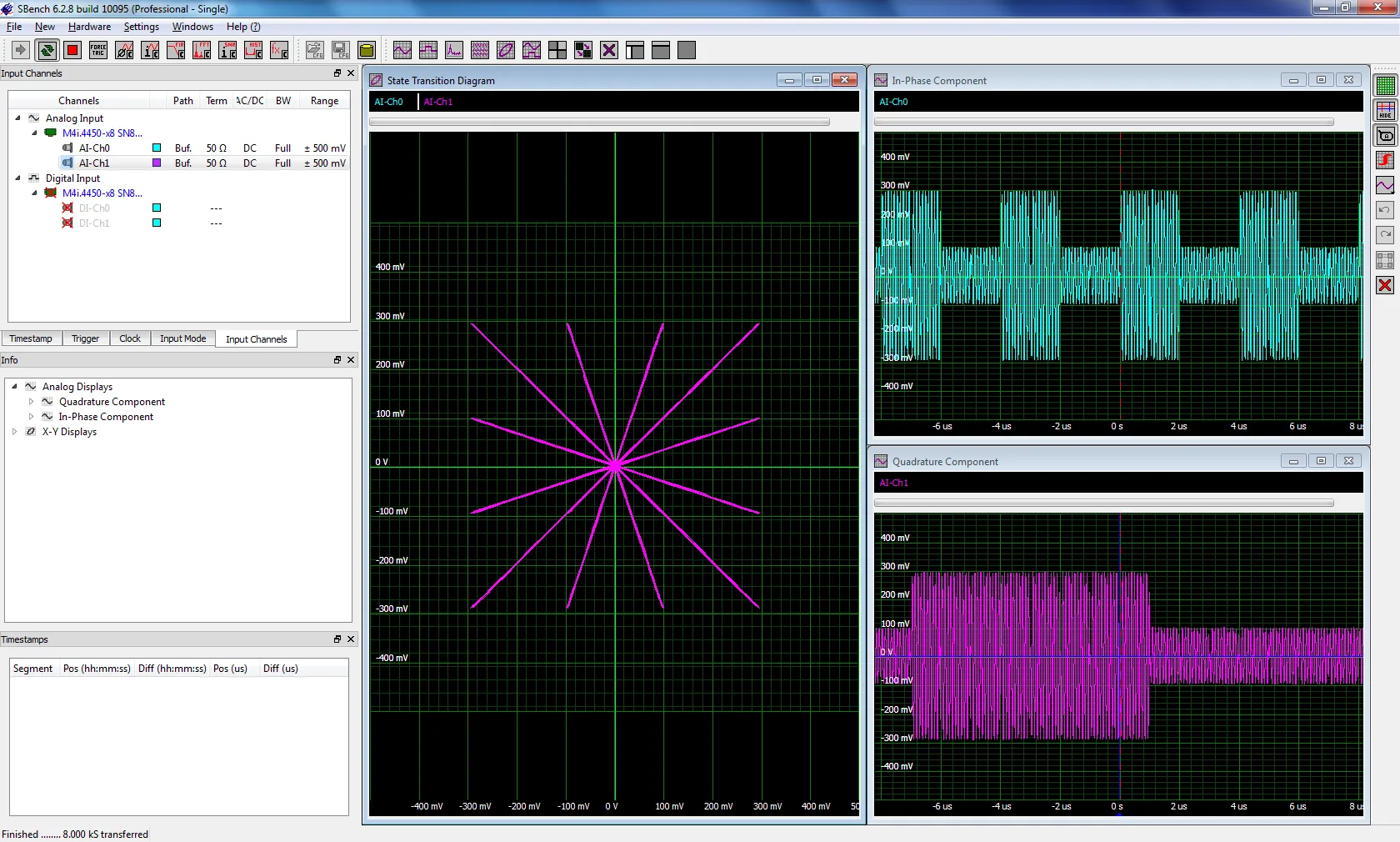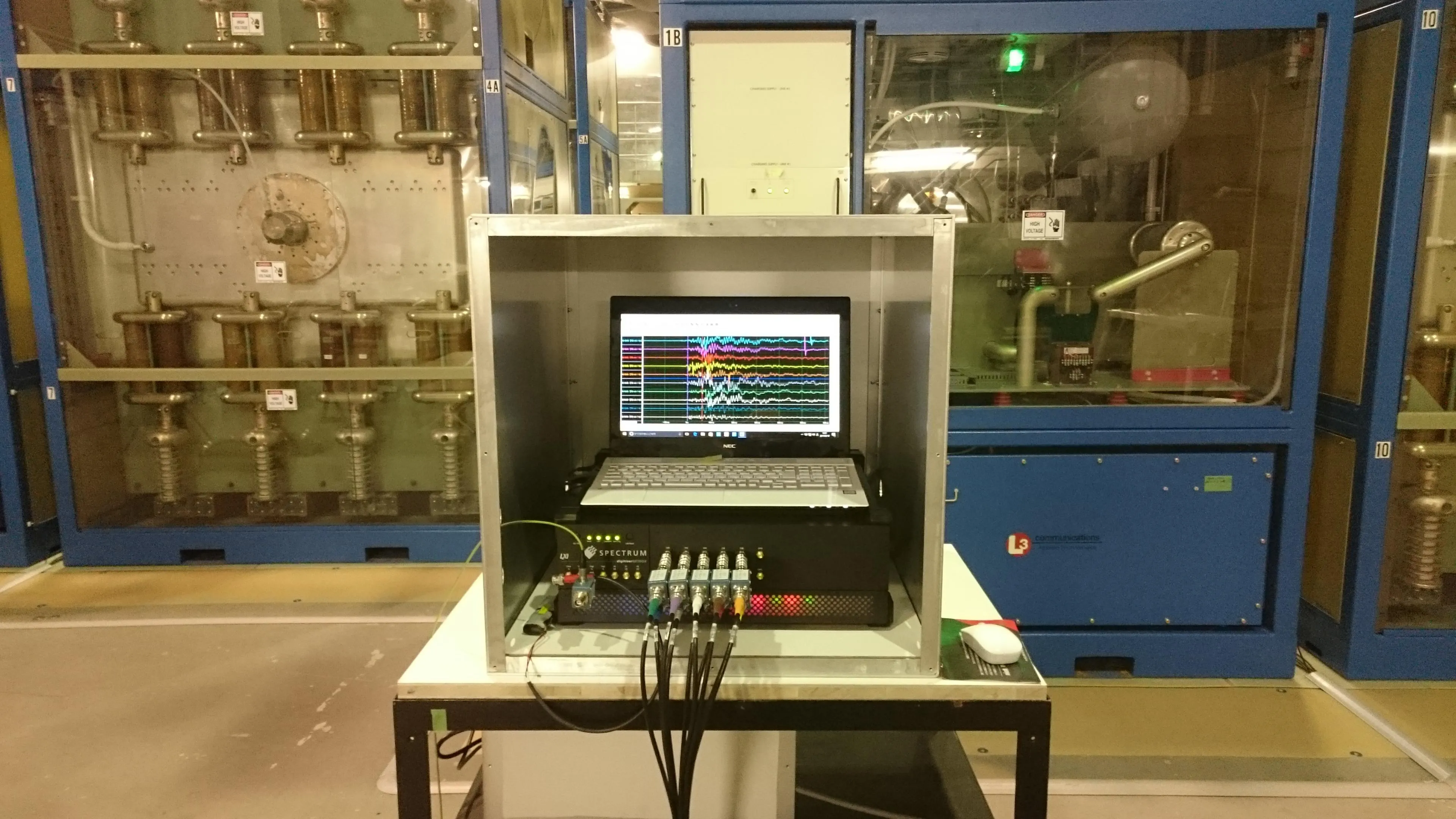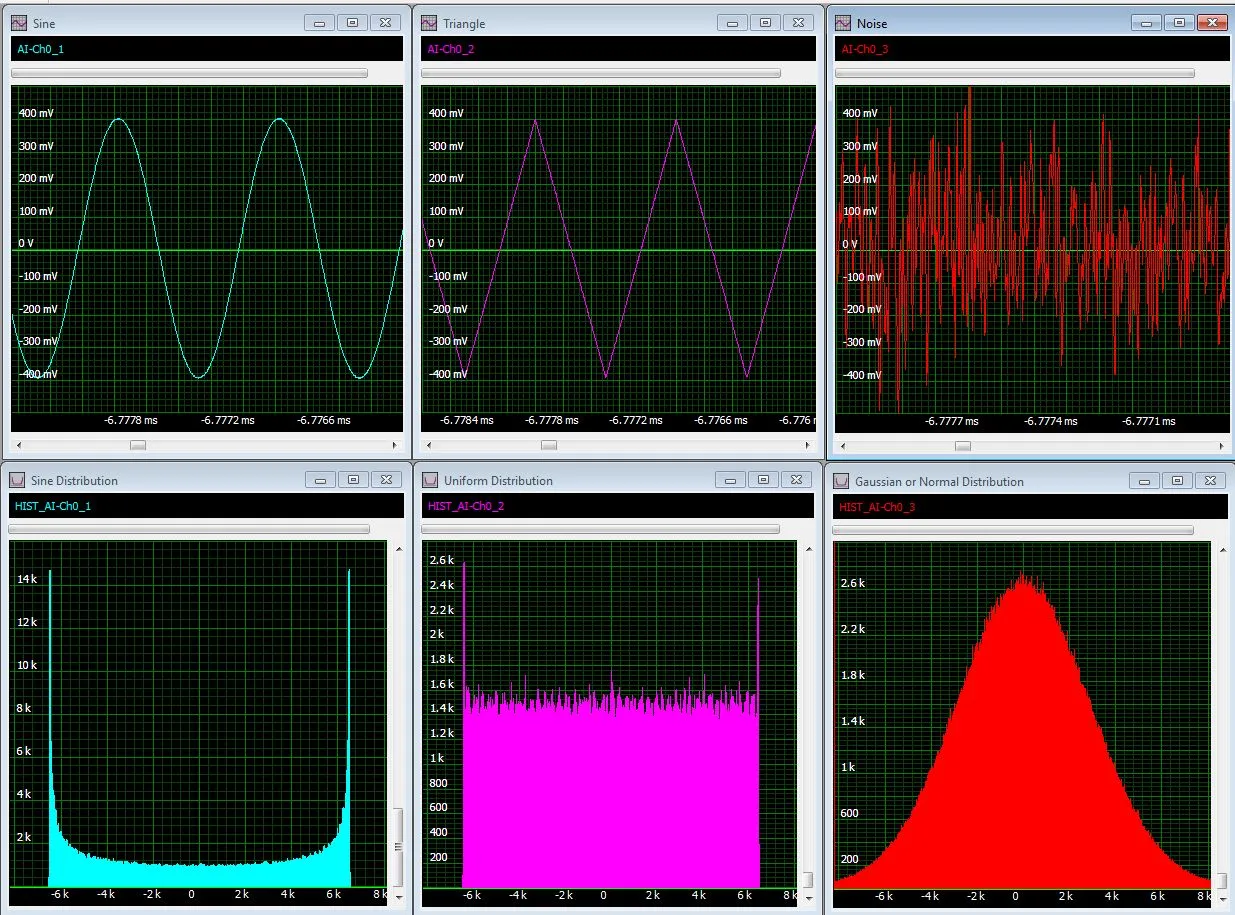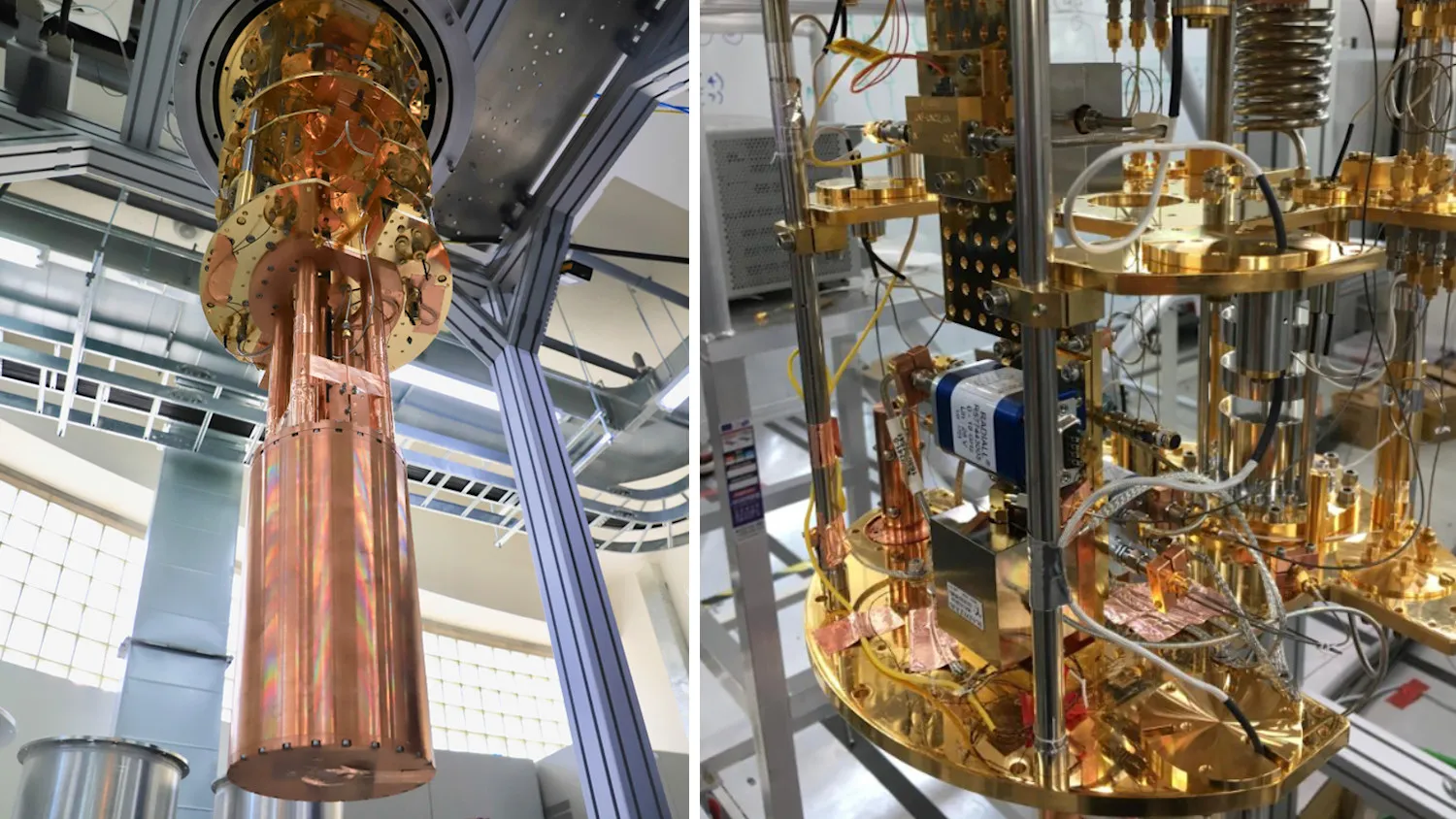Big Physical Experiments
The mission to understand matter and the forces of nature continue to drive ever larger and more complex experiments in the scientific field of physics. Major efforts are being undertaken to explore the cosmos, determine the properties of matter and harness the forces that flow within our universe. In order to do this scientists and engineers are constructing machines and instruments that are larger, more powerful and more sensitive than ever before.
For example, astronomers are using an ever expanding part of the electromagnetic spectrum to detect a host of previously unknown phenomena and look further into space. Radio telescopes reveal the remnants of exploding stars while even higher energy instruments, like those using X-rays and gamma rays, make it possible to study the behavior of matter in extreme states, such as those found in pulsars and blazars. Instruments with increasing sensitivity are now being constructed to push the limits of observation. Arrays of telescopes are being connected together over vast areas and distances. In other research particle physicists are using large machines that accelerate particles to ever higher energy levels in order to observe what happens when they collide. High-energy accelerator science has helped to identify the building blocks that make up matter and increased our knowledge of sub-atomic structure. Similarly, nuclear scientists are studying nuclear reactions in order to understand processes like thermonuclear fusion that offers potential access to enormous amounts of energy. All of these types of big physics experiments involve the use of large numbers of sensors (detectors, antennas, transducers, receivers, etc.) and associated fast electronics in order operate the machines and to capture the crucial data they produce.
For physics applications Spectrum offers a variety of high-speed digitizers with a wide range of bandwidths, sampling rates, and dynamic range so that they can best match the requirements of each application. When large dynamic range and maximum sensitivity is needed high-resolution 14 and 16 bit digitizers are available for the capture and analysis of signals that go as high as 250 MHz in frequency. These high-resolution cards deliver outstanding signal-to-noise ratio's (up to 72 dB) and spurious free dynamic range (of up to 90 dB) so that low level signals can be detected and analyzed. For even higher frequencies 8 bit digitizers are available that offer up to 5 GS/s sampling rates and 1.5 GHz bandwidth making them ideal for capturing nanosecond and sub-nanosecond pulses and pulse streams. The digitizer cards can also be used with down-converters to further extended their operational frequency far into the microwave range.
Each digitizer card can have from one to four channels and up to eight cards can be linked together with Spectrum's StarHub system to create instruments with up to 32 fully synchronous channels. Systems with even more channels can be created by connecting together multiple instruments. This makes them ideally suited to applications where multiple sensors, receivers or detectors are used. With large on-board memories (up to 4 Gsamples/card) and advanced streaming and readout modes the digitizers are perfect for capturing long and complex signals. Streaming data over the cards fast PCIe bus to a RAID based storage array can even allow the capture and storage of hours of information. Spectrum's S Bench 6 software can also be used to view and qualify signals as well as perform FFT calculations for frequency domain analysis.
Typical applications in big physics include radio astronomy, accelerator science (including beam control and beam line monitoring) and particle physics, fusion and plasma research (Tokamak), nuclear science and lightening studies.
Spectrum Product Features
- 12, 14 and 16 Bit Resolution
- Sampling rates up to 10 GS/s and Bandwidth over 1.5 GHz
- Distributed Ethernet Acquisition
- High Channel Density with Hundreds of Synchronous Channels
- Combination of Slow and Fast Channels
Matching Card Families
Related Documents

RF Measurements Using a Modular Digitizer
Modern modular digitizers, like the Spectrum M4i series PCIe digitizers, offer greater bandwidth and higher resolution at any given bandwidth than ever before. Although they are in the class of general purpose measuring instruments they are capable of many RF and lower microwave frequency measurements. This article focuses on some examples of common RF measurements that can be performed with these modular digitizers.

Case Study: digitizerNETBOX for high magnetic fields
The International MegaGauss Science Laboratory is part of the Institute Solid State Physics (ISSP) at the University of Tokyo. The objective of the laboratory is to study the physical properties of solid-state materials (such as semiconductors, magnetic materials, metals, insulators, superconducting materials) as they are subjected to ultra-high magnetic fields. The fields are also used for researching new materials and controlling their phase and functionality. The laboratories pulse magnets can currently generate up to 87 Tesla (T) by non-destructive methods, and from 100 T up to 760 T (currently the world record for the strongest field generated in-doors) by a destructive process.

Case Study: Over 140 Spectrum Instrumentation Digitizers at CERN
Over 140 digitizer cards from Spectrum Instrumentation are being used in the machine protection systems of the Large Hadron Collider (LHC) at CERN. The cards are used to check that the particle beams have been accurately deflected. Incredible precision is required for this as two high-energy particle beams travel at close to the speed of light in opposite directions in the 27 km LHC accelerator ring. They are then made to collide at four locations around the ring for runs of several hours. The particles are so tiny that the task of making them collide is akin to firing two needles 10 kilometers apart with such precision that they meet halfway.

Case Study: 15 year old Spectrum digitizer cards still playing a vital role at DESY
DESY, short for Deutsches Elektronen-Synchrotron, is based in Hamburg, Germany and operates particle accelerators to investigate the structure of matter. The accelerators run 24/7 for international experimenters so it is vital to have equipment that can be relied on to work perfectly and for many years. Spectrum Instrumentation has become one of DESY?s suppliers of choice for digitizer cards for the past fifteen years because of its reputation for quality.

Case Study: Digitizers from Spectrum used in race to create fusion reactor for limitless clean energy
Fusion has long been viewed as the ultimate goal for energy generation. Smashing together deuterium and tritium atoms releases energy as they combine and is the reaction at the heart of the sun. With no dangerous waste products and a virtually limitless supply of these atoms from seawater, billions have been spent on fusion research. However, recreating the extreme conditions of temperature and pressure on earth are not easy. A British company called First Light Fusion (FLF) is pioneering a very different approach to fusion and is on target to achieve fusion gain ? more energy out than goes in ? by 2024. In order to achieve the conditions needed for fusion, they launch a projectile to hypervelocities at a target which requires very high levels of precision to achieve and so they selected 32 digitizers from Spectrum Instrumentation to monitor the results.

Signal Processing for Digitizers
Modular digitizers allow accurate, high resolution data acquisition that can be quickly transferred to a host computer. Signal processing functions, applied in the digitizer or in the host computer, permit the enhancement of the acquired data or the extraction of extremely useful information from a simple measurement.

Case Study: High-resolution digitizer helps in hunt for dark matter
In South Korea, at the Institute for Basic Science (IBS), they have assembled a team of experts to study and try to find axions. A fast PCIe-digitizer by Spectrum Instrumentation was chosen for the latest and most advanced experiments.
Research Papers
Search for Axion-like Dark Matter
In a search for axion-like dark matter the Department of Physics, Boston University, USA is using an M4i.4421-x8 250 MS/s, 16 bit, digitizer to help monitor and analyse the behaviour of oscillating magnetic fields. A paper discussing their findings and experimental results that explore the coupling strengths and masses of axion-like particles can be downloaded here:
Research PaperBeam Position Monitor for Particle Accelerators
At the FH Aachen University of Applied Science in Germany a Spectrum M4i.4421-x8 250 MS/s, 16 bit digitizer is being used to help with the development of beam position monitoring (BPM) systems for particle accelerators. The full story is available for download here:
Research PaperBeam Diagnostics for the SKIF Linear Accelerator
At the fourth-generation SKIF synchrotron light source at Novosibirsk, Russia, they are using a DN2.222-02 digitizerNETBOX that samples at up to 2.5 GS/s, with 8-bit resolution as part of their diagnostic instruments for tuning the linac and measuring critical beam parameters. A paper that provides an overview of the beam instrumentation and discusses possible linac tuning scenarios is available here:
Research Paper